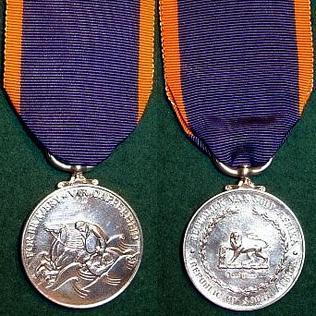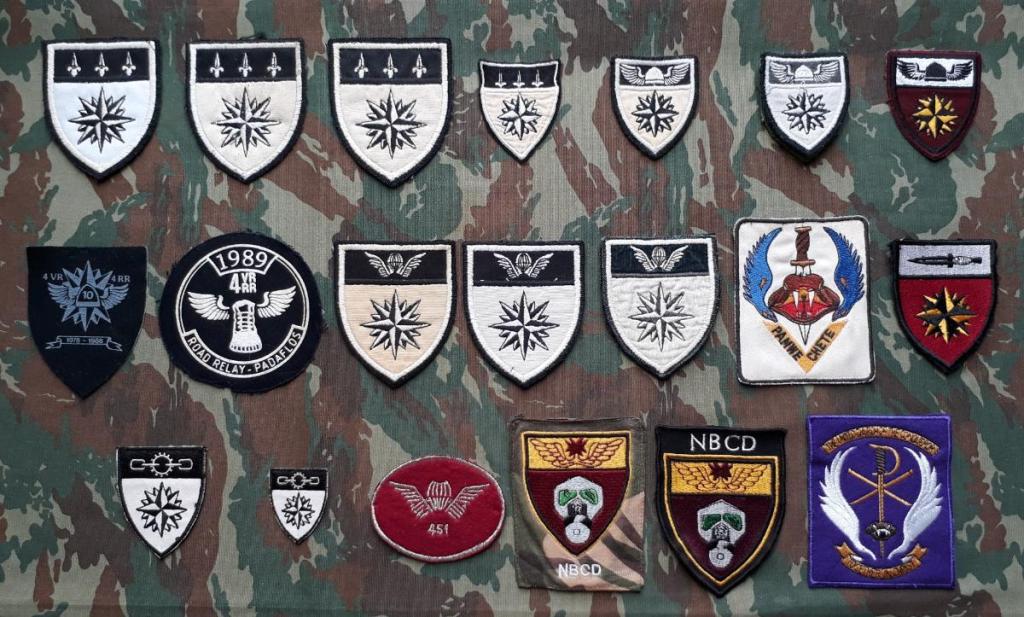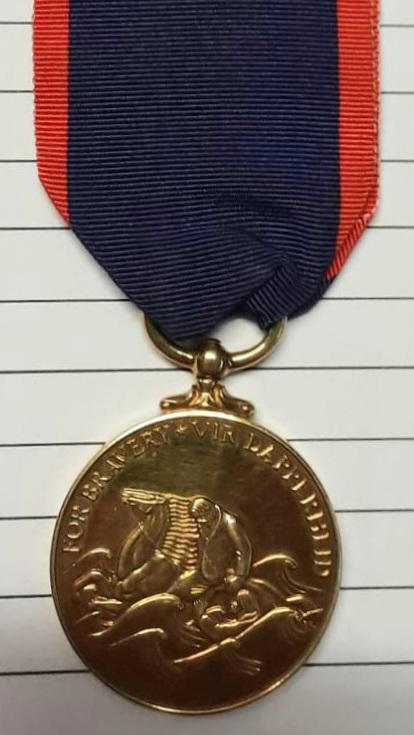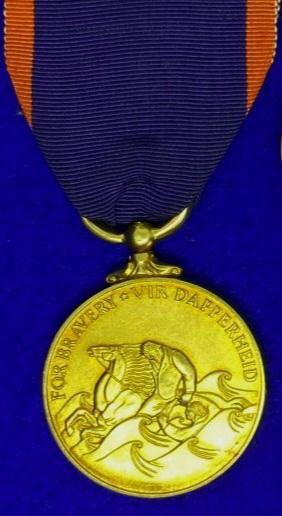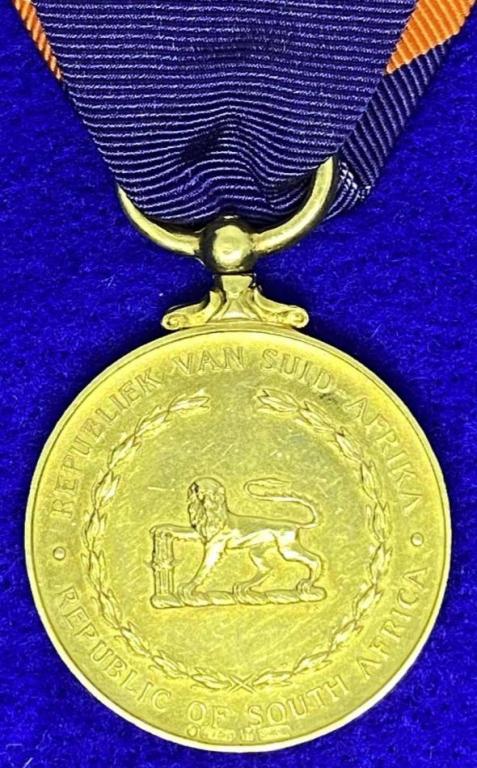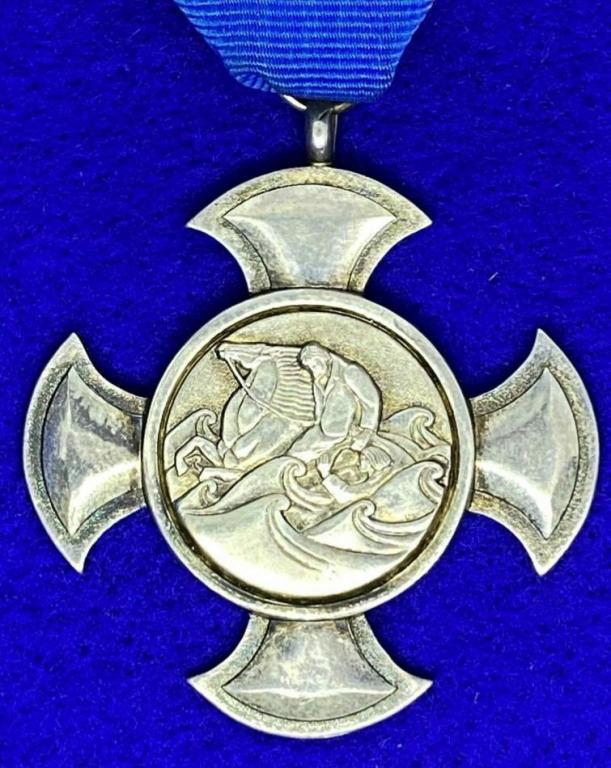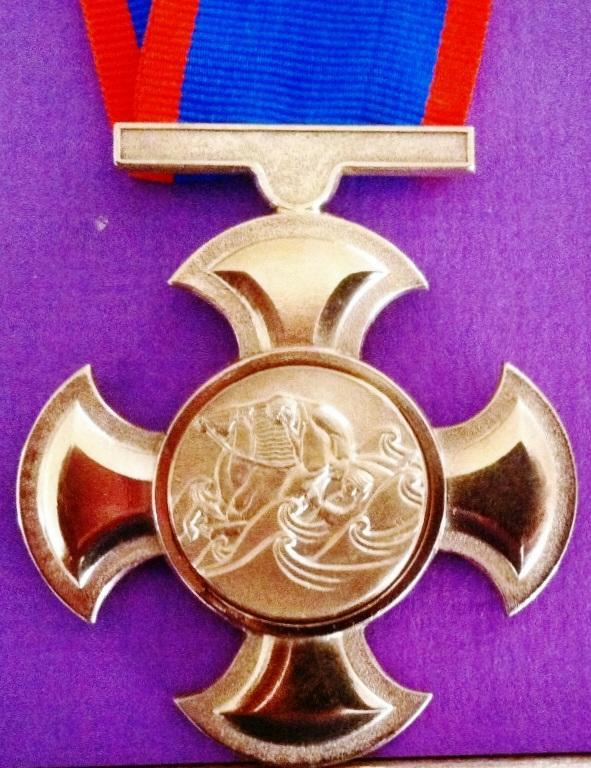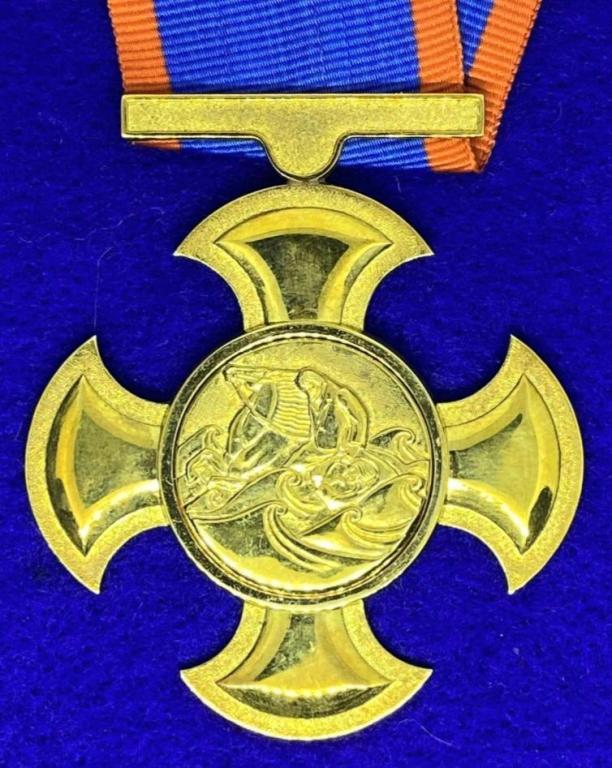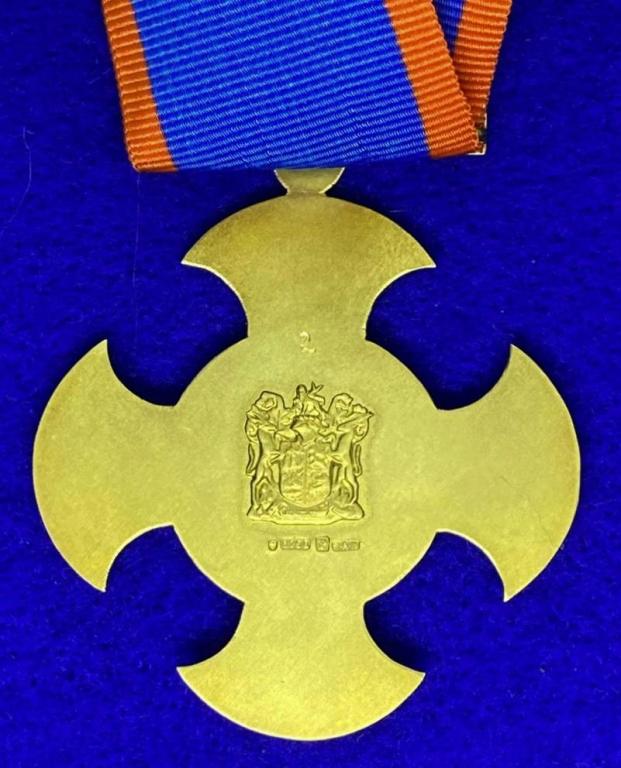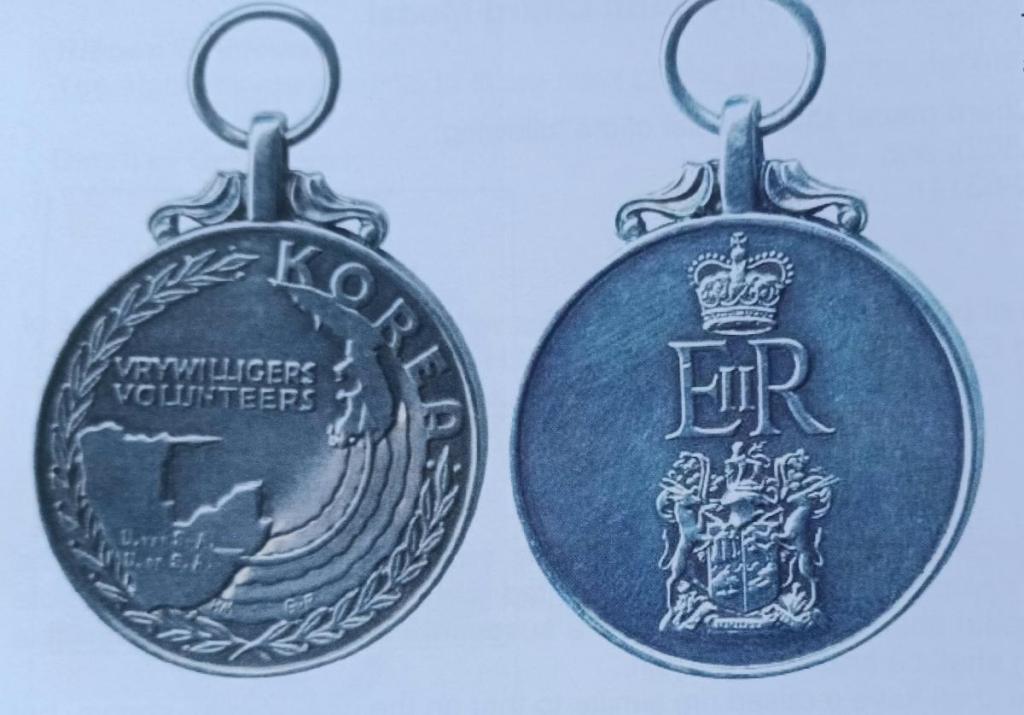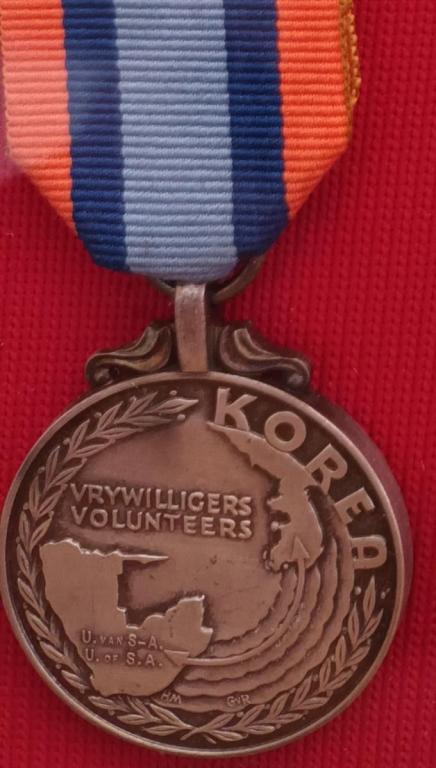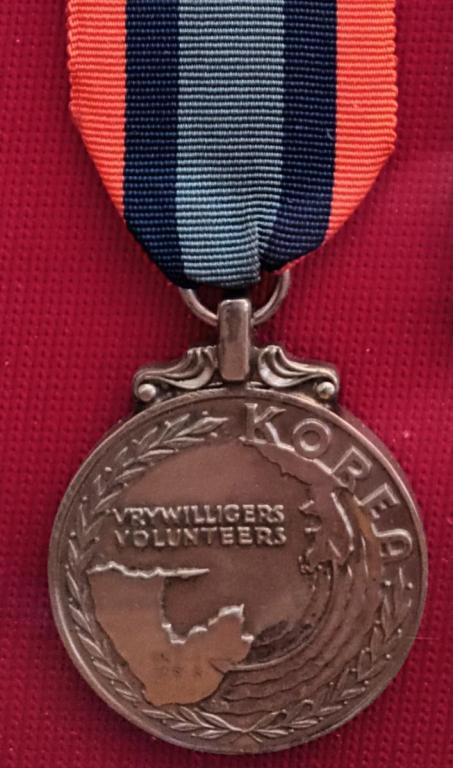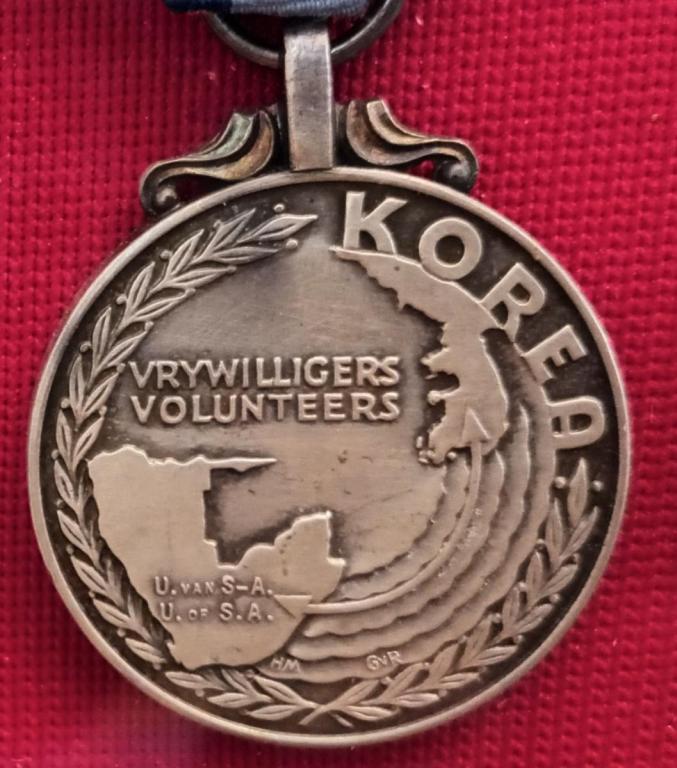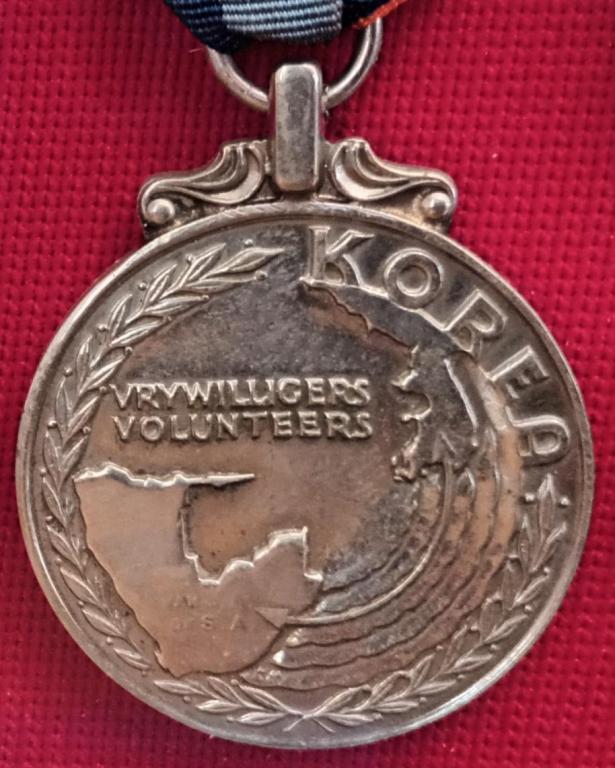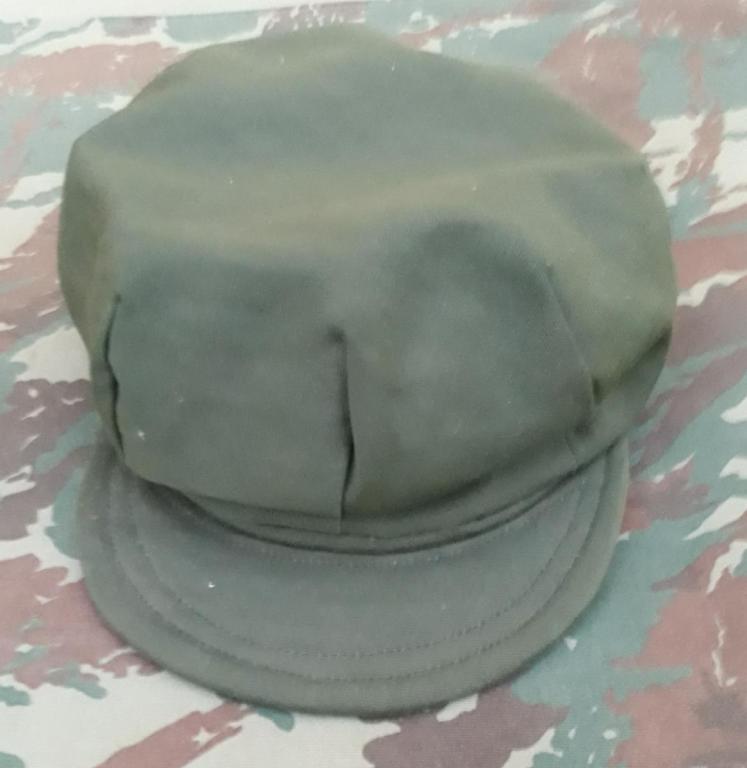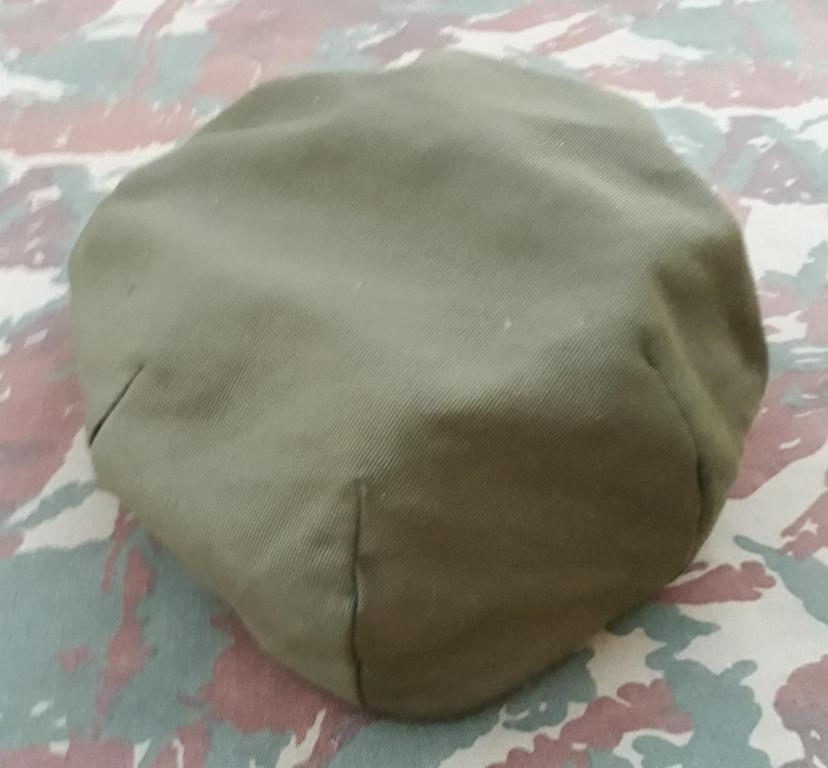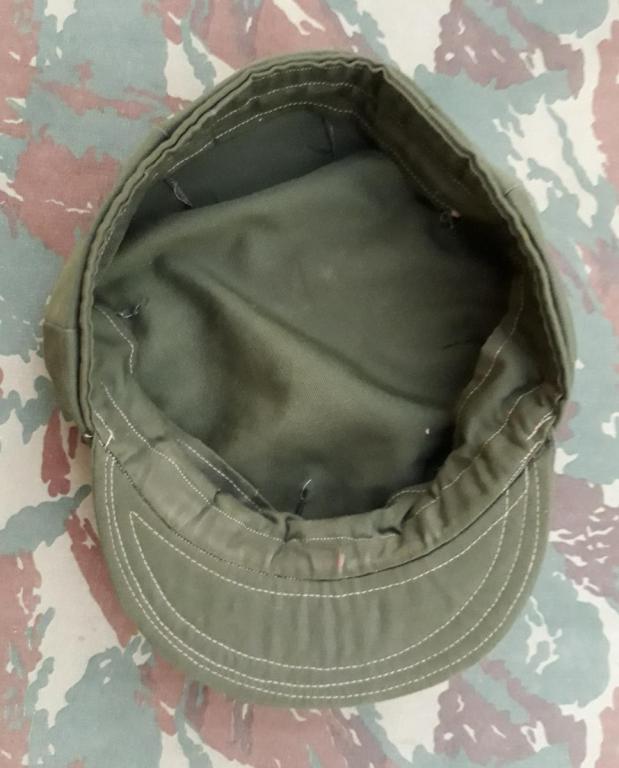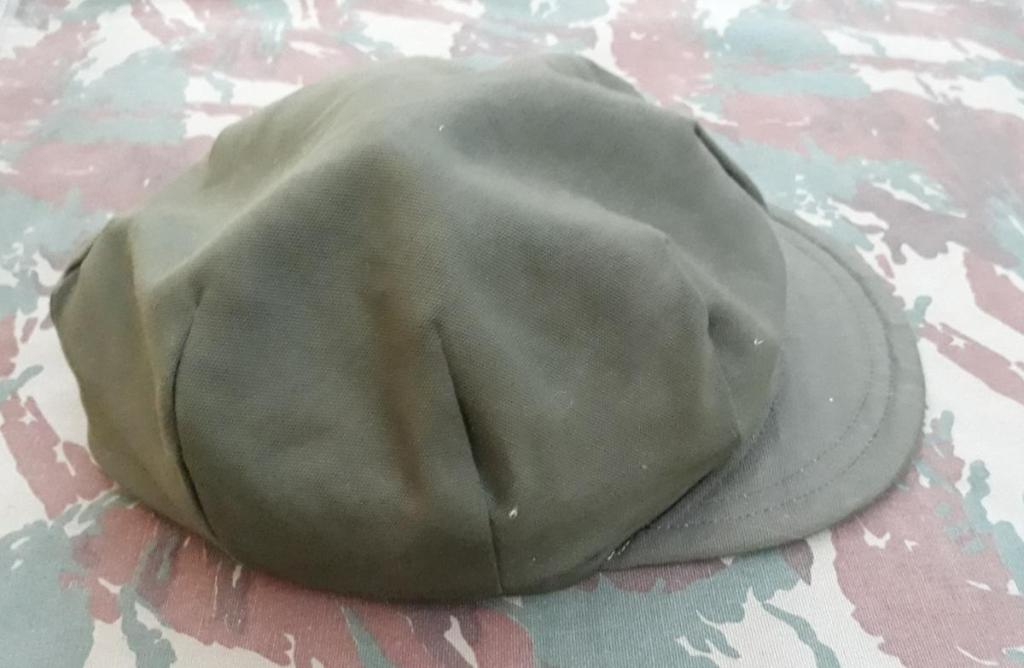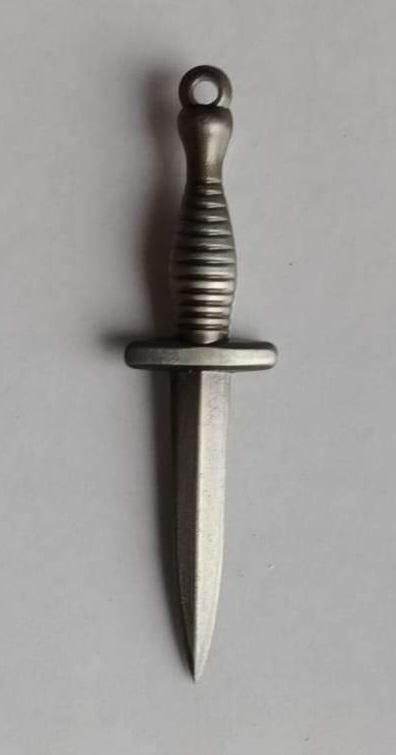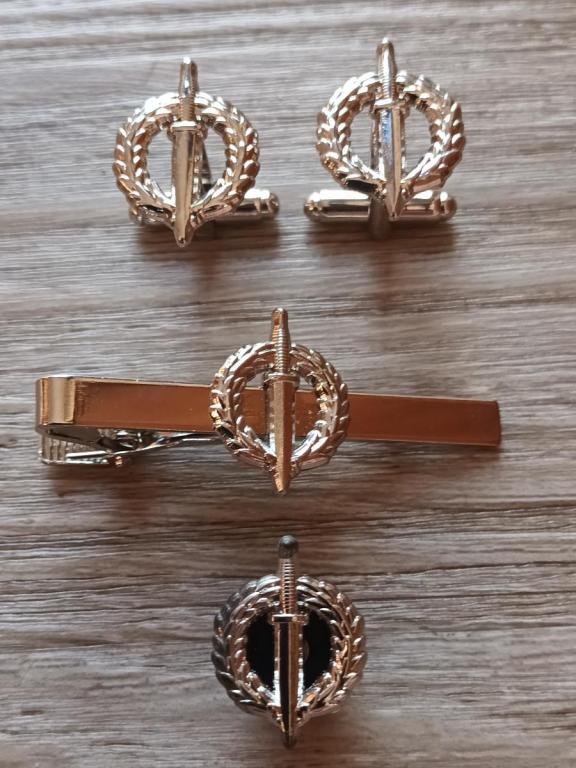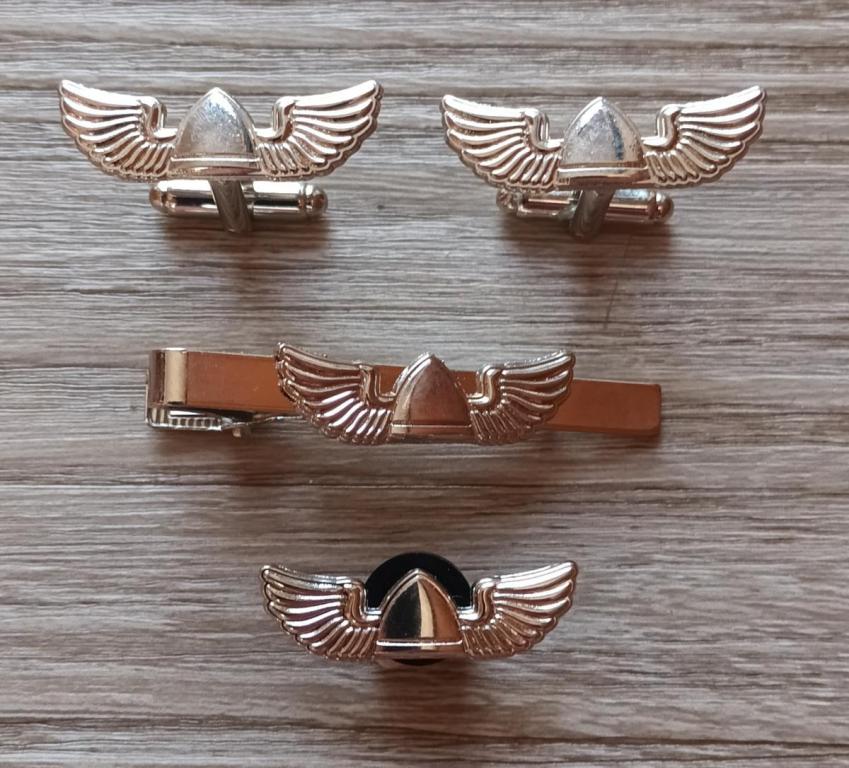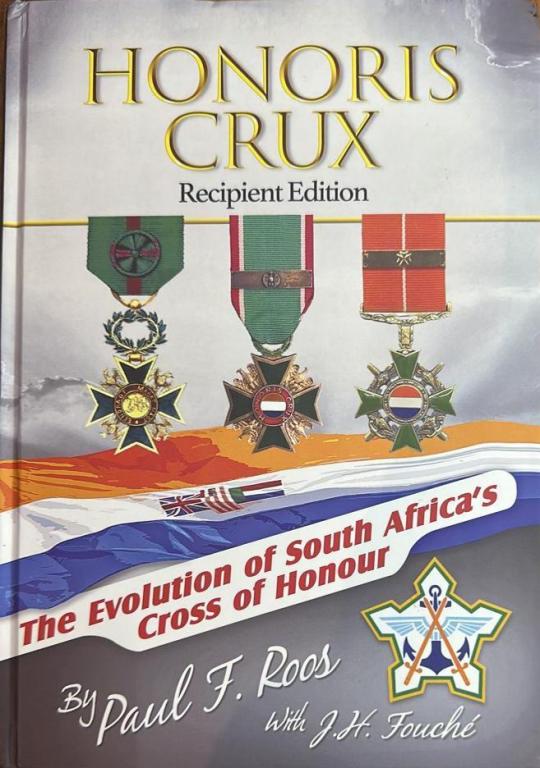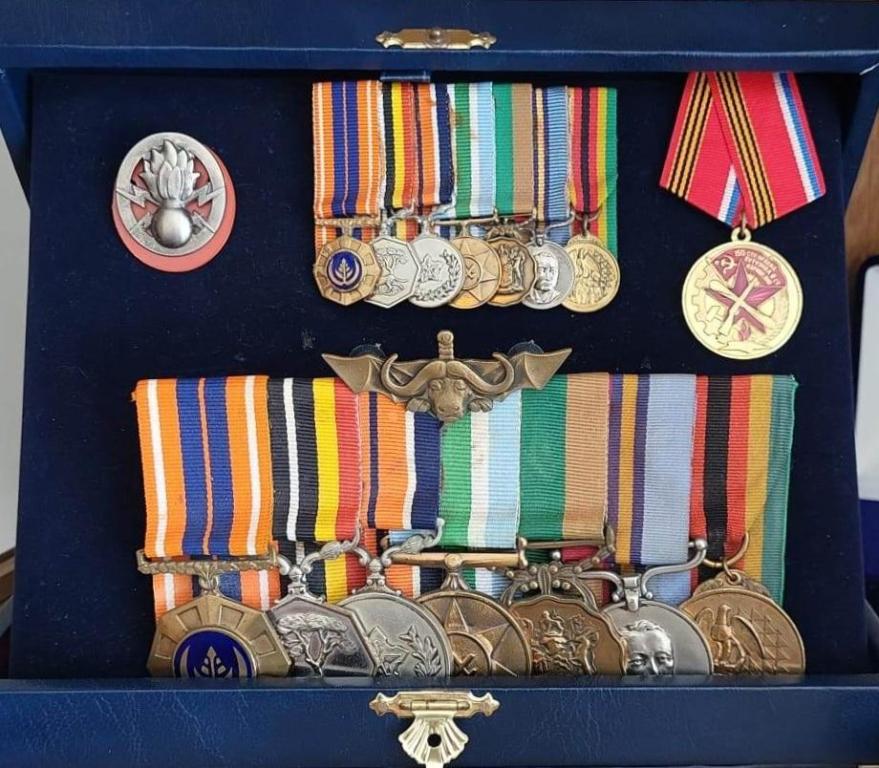-
Posts
1,549 -
Joined
-
Last visited
-
Days Won
10
Content Type
Profiles
Forums
Blogs
Gallery
Events
Store
Everything posted by archie777
-
-
The Order for Meritorious Service is a South African National Order that consisted of two classes, in gold and silver, and was awarded to deserving South African citizens. The order was discontinued on 2 December 2002.
-
I found the following article in a Medal Auction catalog many years ago and kept it, because its worth sharing. Unfortunately no information, who did the research Here is an unusual occurrence a WW1 casualty pair and plaque to John Robert Series a man who actually never existed! While browsing an auction catalogue I came across a War Medal and Victory Medal pair to 306920 Pte. J.R. Series Royal Warwickshire Regiment together with matching memorial plaque to John Robert Series. I checked John out on the CWGC web site and found he was an April 1918 casualty with the 2nd/7th Royal Warwickshire Regiment, no family or next of kin details where given, no suprise there as they often are not present anyway. Except in this case there never would be any next of kin details as John Robert Series technically never existed! John Robert Shrimplin was born in West Ham in 1899, his father was Robert John Shrimplin a Fireman on the railways, his mother was Harriet Shrimplin. Tragedy was to strike the Shrimplin family just 12 months later when Harriet died during childbirth, the second son George Leonard Shrimplin survived. As a working man with a one year old and a brand new baby it is little suprise that Robert could not cope and had to "give up" his two baby sons to his relations and indeed move in with another brother John and his wife Mary. On the 1899 Census he is described as a 35 year old widower and his occupation is now given as Engine Driver GER. What of the 2 babies? John Robert is shown on the 1899 census as living with his Uncle and Aunt George and Lucy SERIES the name he chose to enlist under in September 1914, maybe as a sign of gratitude to his caring aunt and uncle? Or did he believe they were his parents we will never know. His service record is available on Ancestry which shows his enlistment in the 4th Battalion of the Hampshire regiment and after 2 years home service his transfer into the 2/8th and ultimately the 2/7th Royal Warwickshire Regiment. Then a fantastic find within his service record which started this detective trail A letter from his Wife enquiring if the medals of her late husband 306920 J R Series could actually be issued named to John Robert Shrimplin his real name, she is Daisy Frances Caroline Liddiard and had married John on 11.12.1915 in St Peters Brighton. I assume a birth/baptism certificate had to be produced for the marriage to be performed and so she had of course became Mrs Shrimplin. The response from the Ministry was to be expected! As John enlisted as J R Series and served as J R Series then his medals would be named John Robert Series. So I now knew John's fascinating story and why his medals bore another surname at this point I nearly fell of my chair! The next group listrd in the catalogue I was browsing was: A group of three WWI Naval medals, comprising War Medal, Victory Medal and 1914-15 star awarded to K.2692 G. L. Shrimplin Sto. 1. R.N. George Leonard Shrimplin was John's infant brother and the surviving child from the death of their mother, I was first of all stunned that they had stayed together especially with the mixed family names and secondly new I had to have both groups. Then I started to look a bit more closely at George and immediately discovered how the medals had remained together! George Leonard Shrimplin married Ada E Labourn in 1917 in Poplar Middlesex incredibly she died in Childbirth in September 1922, again as so often was the case the child (also Ada) survived. Then in December 1923 George Leonard Shrimplin married Daisy Frances Caroline Shrimplin, his late brothers Widow. Probably the only reason both groups stayed together and sadly it appears only a small respite for both of them as Georges death is recorded in 1929 aged just 39. Daisy, well she married again in 1950 one Arthur P Baker and she finally passed away aged 93 in 1981! Some amazing family history and thanks to Ancestry I managed to keep two brothers together. Researcher Unknown
-
Neck Badge of the Order of Good Hope Decoration - Commander or Grand Officer– Knighthood Order This is the 1st bulky type with proper enamel and old type South African Coat of Arms and silk ribbon. The later versions were thinner with poorly painted enamel. Post 1994 the coat of arms was changed. Very few were awarded at this level. Complete with full-length neck ribbon. This cost £2000in the day to make. Each ribbon had to be hand fitted to create the V shape. It is either the Commander Grade or Grand Officer. The Order of Good Hope or Order of the Cape of Good Hope has been a knighthood order of the Republic of South Africa. The Order of Good Hope was founded in 1973 by the republican government of South Africa to grant those who have distinguished themselves in the promotion of the international relationships and to have sensibilised the general interest towards South Africa and was abolished in 2002. President Nelson Mandela had announced his intention to reform the Order. The new South African government saw the Order as a relic of apartheid, above all because of the insignia considered too European (the rays, the colours, the anchor and the Latin motto of the Order. Also, the insignia was costing the government around ZAR11,000 in 1994 (£2000 in 1994) per initiate. In its place was created the Order of the Companions of O. R. Tambo. Awarded to foreign citizens (and, from 1980 to 1988, to South Africans too), for promoting international relations with the increasingly isolated apartheid state. The order was originally divided into five classes: Grand Collar – for heads of state only. Grand Cross – for heads of government, ministers of state, judges, presidents of legislatures, secretaries of state, ambassadors, commanders-in-chief, and others. Grand Officer – for legislators, envoys, senior military officers, and others. Commander – for chargés d'affaires, consuls-general, colonels, and others. Officer – for consuls, lower-ranking military officers, and others. The order was reorganised in 1988: Grand Cross – for excellent meritorious service (heads of state and, in special cases, heads of government). Grand Officer – for outstanding meritorious service (heads of government, ministers of state, judges, presidents of legislatures, secretaries of state, ambassadors, commanders-in-chief, and others). Commander – for exceptionally meritorious service (legislators, envoys, senior military officers, and others). Officer – for meritorious service (chargés d'affaires, consuls-general, colonels, and others). Member – for exceptional service (consuls, lower-ranking military officers, and others).
-
ORDERS AND DECORATIONS for Lieutenant-General R.H.D. Rogers, South African Air Force The remarkable Second World War DSO, DFC and Bar Group of twenty-five to Lieutenant-General R.H.D. Rogers, South African Air Force, a very gallant and Distinguished Squadron Commander in the North African and Italian campaigns. He subsequently served with distinction in 2 Squadron SAAF in Korea. SOUTH AFRICA Order of the Star of South Africa (Military Division) Grand Cross set of insignia, comprising of: Collar Chain and Badge, Sash Badge and Star, (gold and enamel), all hallmarked, with a single diamond set in the centre of the Star and both Badges, the reverses of which are both officially numbered '3', with full sash riband in South African Mint case of issue. Southern Cross Medal (Eliz.II) (silver and enamel) '84' South African Korea Medal Capt. R.H.D. Rogers Pro Patria Medal '52' SADF Good Service Medal (gold and silver-gilt) '15' SADF Good Service Medal (silver) '19' Union Medal (silver) '1062' Chief of SADF Commendation Medal (bronze) '169' GREAT BRITAIN Distinguished Service Order (Geo.VI) reverse of suspension bar officially dated '1945’ Distinguished Flying Cross (Geo.VI) with bar for Second Award the reverse of the Cross is officially dated '1942' and the bar '1944'. The following five medals are all officially named: 102299 R.H. Rogers 1939-45 Star Africa Star Italy Star War Medal MiD oak leaf Africa Service Medal UNITED STATES OF AMERICA Distinguished Flying Cross Air Medal with Oak Leaf cluster U.N. Korea Medal (Capt.) KOREA Order of Military Merit (3rd Class) breast Badge with silver star on riband (silver-gilt, enamel) '19002' South Korea Service Medal (bronze) CHILE Order of Military Merit Commander's neck Badge (gold and enamel) PARAGUAY Order of Military Merit Grand Cross set of insignia, comprising of: sash Badge and breast Star, (silvered-bronze, gilt centres) with full sash riband, in case of issue. DSO LG 21 August 1945 DFC LG 6 October 1942 bar LG 25 January 1944 DSO London Gazette 21.8.1945: “Lieutenant-Colonel Rogers assumed command of 40 Squadron, SAAF, in August 1944. Since then he has carried out 56 operational missions involving 80.30 hours flying. Every one of these missions, which consisted of Tactical, Photographic and Artillery Reconnaissance, was carried out with great skill and determination and produced first class results. On 23 March 1945, Lieutenant-Colonel Rogers was briefed to carry out a shoot with 54th Super Heavy Regiment on some heavy A.A. guns near Massa Lombarda. On approaching the target area, these guns opened up on his aircraft. He commenced immediately to range our own guns onto the enemy and through his skill, coolness and presence of mind, scored in a very short space of time, five rounds between the four gunpits, one of which actually landed in a gunpit, destroying the gun and starting a cordite fire. He then proceeded effectively to engage and destroy two camouflaged field guns in the immediate vicinity. Again, on 18 April 1945, a request was received from 8th Army for an oblique line overlap of ten miles of the Canale Bianco between the Po and Adige rivers. This mission had to be performed at 5000 feet, flying straight and level through what was known to be a heavily defended area, at a constant speed of 230 m.p.h. Lieutenant-Colonel Rogers decided to carry out this mission himself, knowing it to be a dangerous one, and by his skilful flying brought back excellent photographs of the whole area required. As a leader, he was magnificent, and on many occasions he persevered with Artillery Reconnaissance missions in the face of intense Anti-Aircraft fire. If ever there was a difficult task to be performed, Lieutenant-Colonel Rogers invariably did it himself, and never failed to complete it, whatever the opposition. It is true to say that all ranks of the Wing have tremendous admiration for his steadfast courage and devotion to duty, and his untiring efforts in the air and on the ground are greatly responsible for the efficiency of the Squadron which he commands. I cannot speak too highly of the ability of this Officer both as a Tactical Reconnaissance Pilot and Squadron Commander, and strongly recommend him for a non immediate award of the DSO” DFC London Gazette 6.10.1942: “Lieutenant Rogers, 208 Squadron, was detailed on 15.8.1942 to carry out a Tactical Reconnaissance on the Front from the coast to Siba Depression. The enemy has for some time been energetically denying reconnaissance of the area and strong fighter opposition was to be expected. This Officer had one Hurricane accompanying him. Towards completion of the task these two Hurricanes were intercepted by four Me. 109s. In the ensuing engagement the accompanying Hurricane was quickly hit in the engine and forced to land. Lieutenant Rogers then fought the four enemy fighters who attacked him repeatedly. One shot severed the throttle control at the same time shooting away the Pilot's little finger and the top joint of the third finger of his left hand. In spite of these injuries and with only half the throttle control remaining he continued to fight and in the end successfully outmanoeuvred the enemy and landed at his aerodrome. There in spite of injuries and loss of blood, he completed a most valuable report before reporting for medical attention. Lieutenant Rogers displayed fighting skill and courage of the highest order and set a fine example of devotion to duty”. Bar to DFC London Gazette 25.1.1944: 'This Officer has completed 102 Tactical Reconnaissance flights during two tours of duty. In August 1941 he joined 208 Tactical Reconnaissance Squadron RAF and during his tour with the Squadron did 46 operational flights. In an engagement with enemy fighters during the 46th operation, while over Alamein he was wounded and his aircraft badly damaged. He managed to bring his aircraft safely home and landed successfully with valuable information. He was then sent back to the Union to rest and recover from his wound. For his courage, determination and devotion to duty on this first tour he was awarded the DFC. In January 1943, Lieutenant Rogers returned to the Middle East and joined 40 Squadron at Marble Arch. During the advance to Tunis, the invasion of Sicily and recently in Italy, he has completed a further 56 operational flights. The oblique Photographic Reconnaissance done by him of the East Coast of Sicily, and subsequently of the West Coast of the toe of Italy, at extremely low level, have been of outstanding value to the Army and have earned for him the personal thanks and congratulations of the 13th Corps Commander. On 12 August 1943, during a heavy enemy bombing raid at Francesco, a petrol dump was set on fire. Major Rogers collected several N.C.Os and Air Mechanics and with complete disregard for danger or injury to himself and commenced rolling away petrol drums from the fire while the raid was still on. His prompt action and initiative resulted in the major portion of the petrol being saved. On 20 August 1943, he did some brilliant spotting for H.M.S. Uganda, which enabled her to put out of action a Coastal Defence gun position South of Reggio, Calabria. This Officer was promoted to Flight Commander on 8 March 1943 and acted, very ably, as Commanding Officer during a month's period of domestic trouble in the Squadron during the C.Os and 2nd l.Cs absence. He was promoted to 2nd in Command in August 1943. His magnificent example and leadership during the present tour has been a source of pride and inspiration to his Pilots”. Lieutenant-General Robert Harry Rogers, DSO, DFC was born in Warden, Orange Free State in November 1921 and educated at Marchiston and Maritzburg College. His subsequent studies at Witwatersrand University as a Medical Student were interrupted in June 1940 by his joining the South African Air Force, in which Service he qualified as an Air Gunner prior to training as a Pilot in Southern Rhodesia. As evidenced by the above Recommendations, he went on to serve with distinction in 208 and 225 Squadrons, RAF, and 40 Squadron, SAAF, participating in numerous operations over North Africa, Sicily and Italy. In addition to the DSO and DFC with bar, he was Mentioned in Despatches and awarded the Polish Flying Badge by the Commander-in-Chief, Polish Air Force. Accepting a permanent Commission in the South African Air Force after the War, Rogers was back in action in Korea as a Fighter Bomber Pilot in No. 2 Squadron, flying Mustangs and F 86 Sabres, receiving among other awards the American DFC and Air Medal, with Oak Leaf Cluster, and South Korean Order of Military Merit. On returning to South Africa, he held various commands and Staff posts, culminating in his appointment as Chief of Staff of the South African Air Force in March 1975. He was then awarded the Order of the Star of South Africa. He finally retired from the SAAF in 1979 as a Lieutenant-General. In retirement Rogers was active in civic affairs and in 1988 was elected Deputy Mayor of Knysna. In the following year he was elected local Chairman of the Democratic Party and in September 1989 successfully fought the election as the Party's candidate in Walmer, Port Elizabeth. He did not stand for re-election in 1994. He died in 2000 aged 78. DSO (dated 21.8.1945); Order of the Star of South Africa (dated 18.6.1976); Southern Cross Medal (dated 13.5.1960); SADF Good Service Medal, silver (dated 29.7.1977) and bronze (dated 29.7.1977); Union Medal (dated 8.5.1959); SADF Commendation Medal (dated 2.4.1976); Pro Patria Medal (dated 19.8.1977); Mention in Despatches Certificate (dated 1.1.1943).
- 1 reply
-
1
-
-
The Woltemade Decoration for Bravery (Silver) This deciration is the lesser of two classes of a South African civil decoration for acts of bravery. It replaced the King's Medal for Bravery, Silver and Queen's Medal for Bravery, Silver, the award of which was discontinued in South Africa in 1961
-
-
The Woltemade Decoration for Bravery (Gold) This decoration is the senior of two classes of a South African civil decoration for acts of bravery. It replaced the Union of South Africa King's Medal for Bravery, Gold and Union of South Africa Queen's Medal for Bravery, Gold, the award of which had been discontinued in 1952 and 1961 respectively.
-
Woltemade Cross for Bravery (Silver) Post-nominal letters WDS, is the lesser of two classes of a South African civil decoration for acts of bravery. It replaced the Union of South Africa King's Medal for Bravery, Silver, Union of South Africa Queen's Medal for Bravery, Silver and Woltemade Decoration for Bravery, Silver, all of which ranked on par with each other and the award of which had been discontinued in 1952, 1961 and 1988 respectively.
-
-
Woltemade Cross for Bravery (Gold) Post-nominal letters WD, is the senior of two classes of a South African civil decoration for acts of bravery. It replaced the Union of South Africa King's Medal for Bravery, Gold, Union of South Africa Queen's Medal for Bravery, Gold and Woltemade Decoration for Bravery, Gold, all of which ranked on par with each other and the award of which had been discontinued in 1952, 1961 and 1988 respectively.
-
Here we have the following South Acrican Military award: Korea Medal (South Africa) A military campaign medal which was instituted by the Union of South Africa in 1953. It was awarded to volunteers of the Union Defence Force for service in Korea during the 1950 - 1953 Korean War. In the mid 1990's this medal war restruck with some minor differences. Shown are both variants.
-
Here we have the following award Unitas Medal Instituted by tge President of the RSA on 4 November 1994. It was awarded to all ranks who were on the active strength of all seven constituent military forces from 27 April 1994 to 10 May 1994, to commemorate their amalgamation into the SANDF. It was also awarded to personnel of the British Military Advisory and Training Team which served in South Africa at the time. Not many variations were seen
-
Here we have the following award General Service Medal A South African military campaign medal which was instituted by the RSA in 1987. It could be awarded to members of the SADF from 1 January 1983, for operational service inside South Africa in the prevention or suppression of terrorism or internal disorder, or the prevention of life, health or property, or the maintenance of essential services and law and order, or crime prevention. The were numerous variations awarded
-
Here we have the following award A South African military campaign medal which was instituted by the RSA in 1987. It was awarded to members of the SADF for service in military operations in Southern Africa, outside the borders of South Africa and South West Africa, between 1 April 1976 and 21 March 1990. Part of a captured T-55 tank was melted and used to struck the first 20 000 of these medals. Not all variations were struck from this metal. This information came from a worker who worked for the manufacturing company. There was about 4 different variations.
-
Here we have the following award Pro Patria Medal A South African military campaign medal which was instituted by the RSA in 1974. It was awarded to members of the SADF for service in an operational area, as designated by the the Minister of Defence or for engagement in armed combat with the enemy The Cunene clasp was awarded for service in Angola, between 1975 - 1976 Two bars were approved, but never awarded Bronze bar - 2nd medal awarded Silver bar - 3rd medal awarded The Cunene clasp was worn on the medal with the swivel suspender, but many recipients lost their medals through the years and on reissue, received the fix suspender medal Here are too many variations and only those in my collection, are shown. The rarest of all variations, is the SA Mint mark (SAM) medal Medal set of a former SA Special Forces Operator and RSM
-
It was made for their 40 Years Anniversary
-
Here is my plaque of the SA Railways Police Northern Cape Reginal Taskforce, where I was a member and did the design
-
SA Special Forces Operator neck pendant Different sets of cufflinks, tie and blazer pins for 4 Special Forces Regiment
-
I gave the sample without a name, to a friend of mine, also a collector and a member of GMIC Paul Roos. He wrote two excellent books, one on the Pro Patria Medal and recently one on the Honoris Crux awards. He stays currently in Australia. Should anyone be interested in buying his books, please let me know
-
Here we have the first samples for the De Wet Medal (DWM) The first sample, doesn't have any names on the medal
-
-
Here we have the following award De Wet Medal (DWM) A military long service decoration which was instituted by the RSA in 1965. It could be awarded to members of the Commandos, the rural civil defence component of the SADF, for ten years of efficient service and good conduct. Numerous variations were awarded. Nit all show, but only those in my collection. Here is a picture of medal number 1



.thumb.jpg.8f11964f4d04824d881c313e10a95c32.jpg)



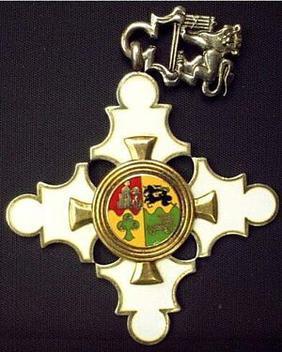
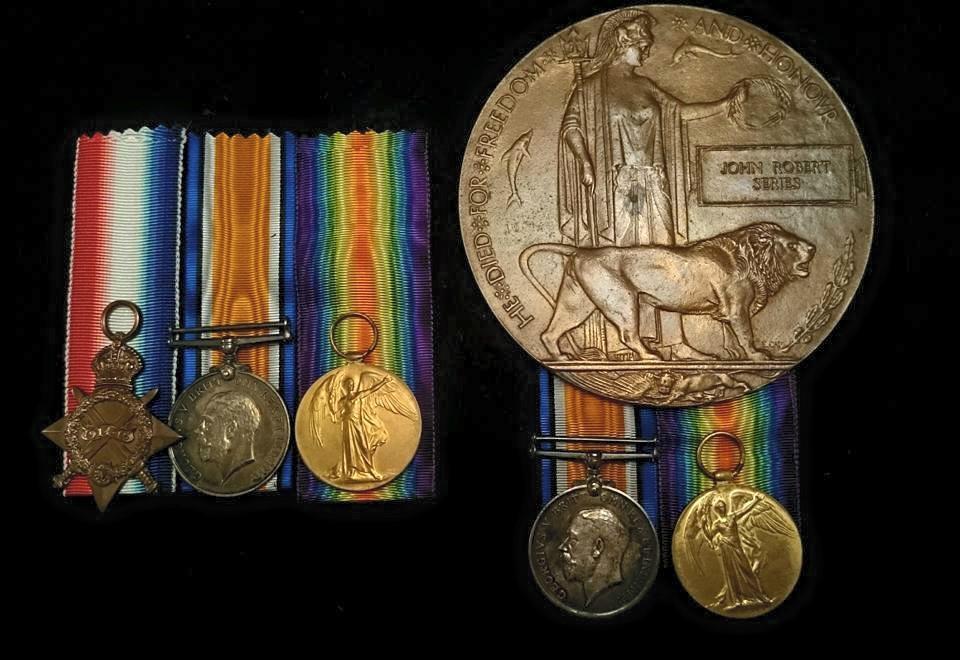
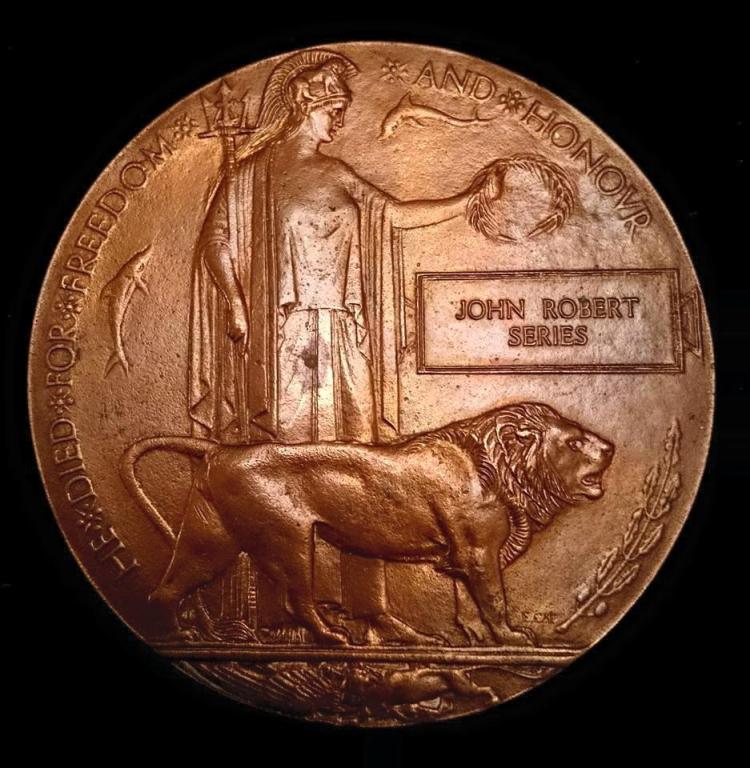
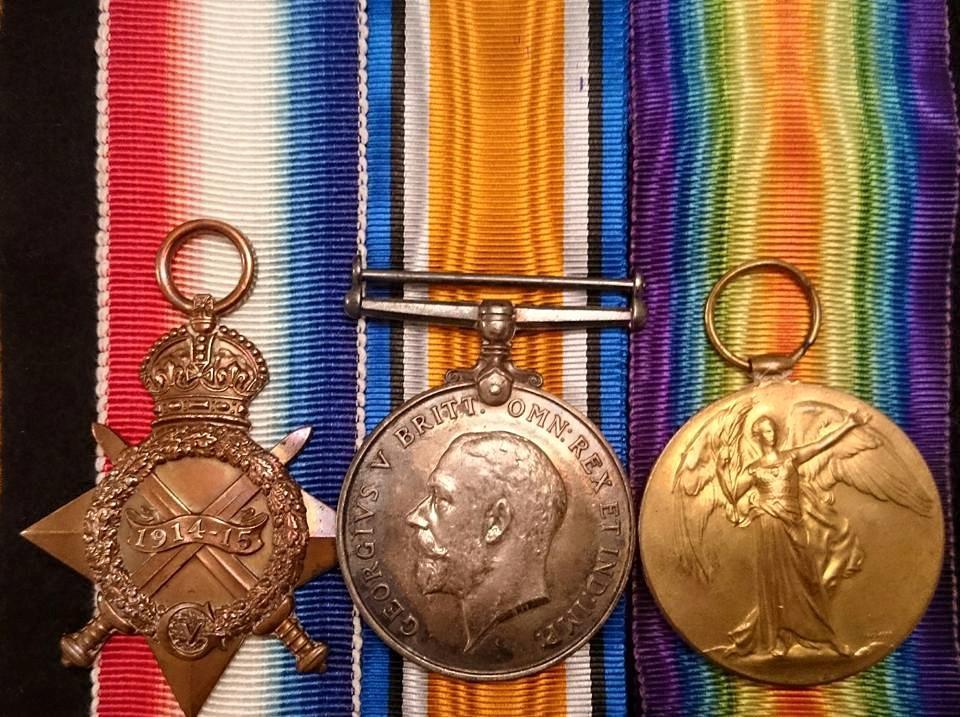
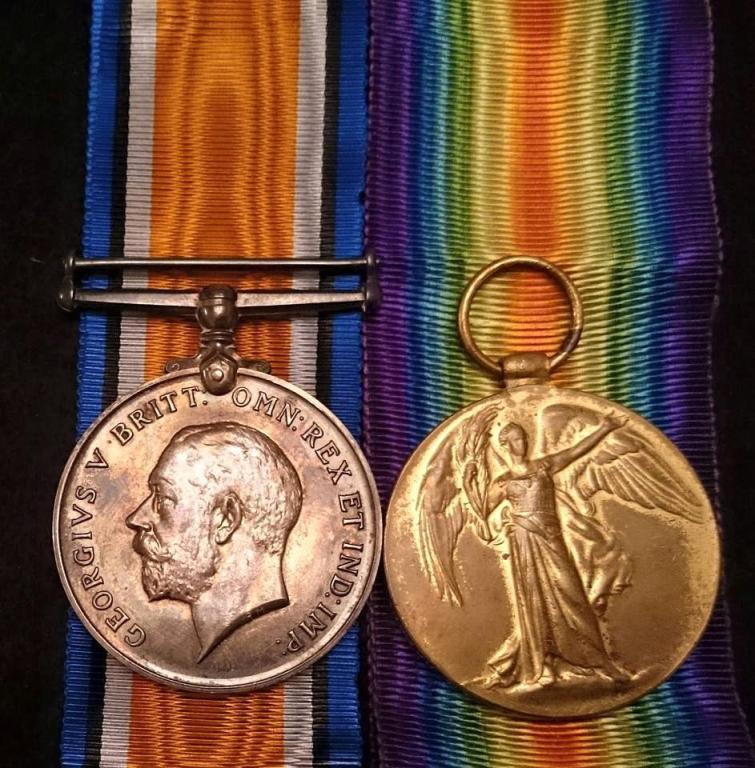
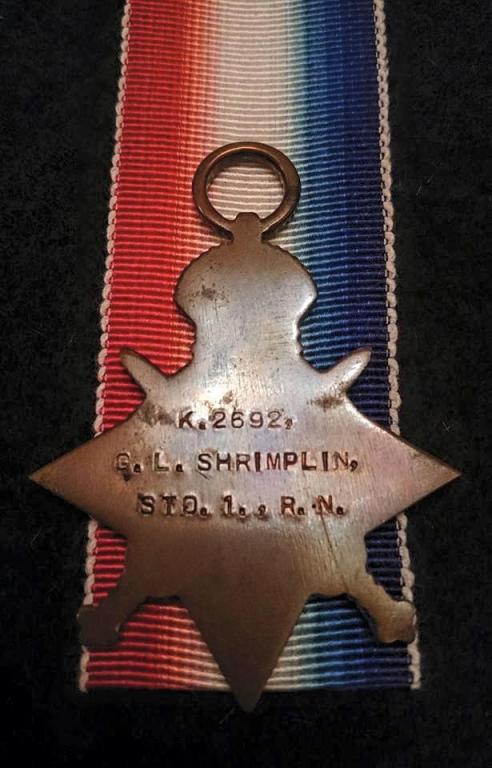

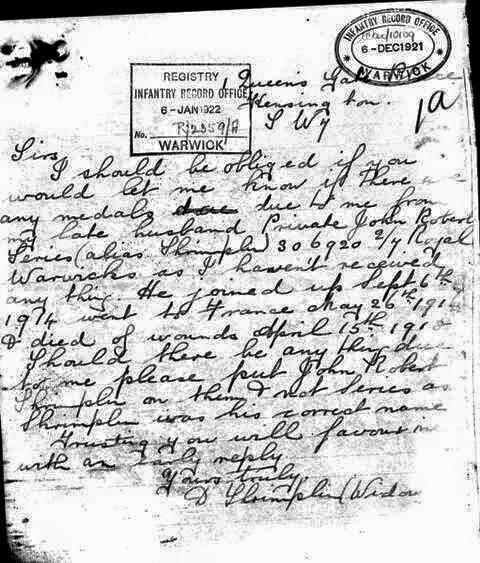
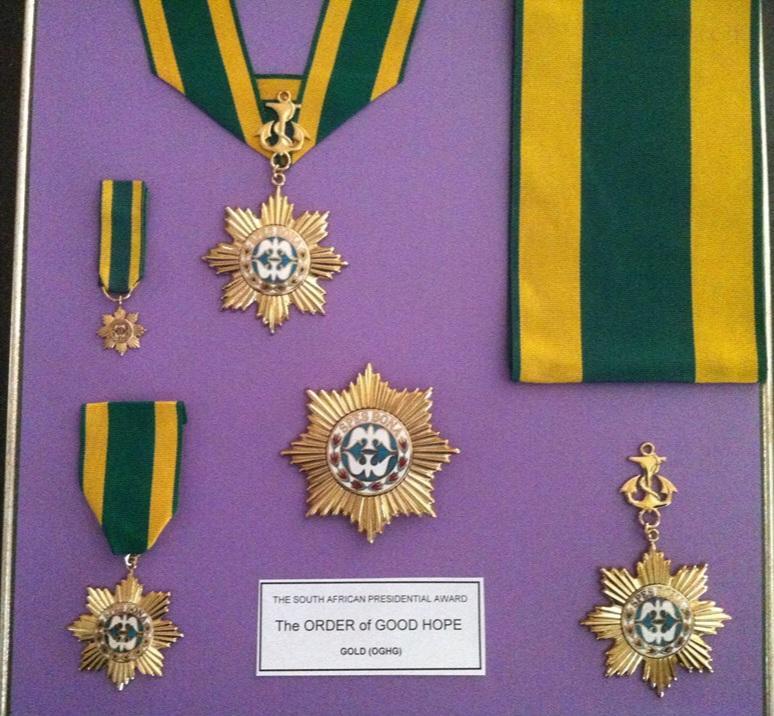
.thumb.jpg.3a254c612de52acdce19a2fa39e69f71.jpg)

.thumb.jpg.96e41fe85f52b0b042d7accda566b918.jpg)
.thumb.jpg.8bc2adb5a6b01072dee9a0525475cda3.jpg)
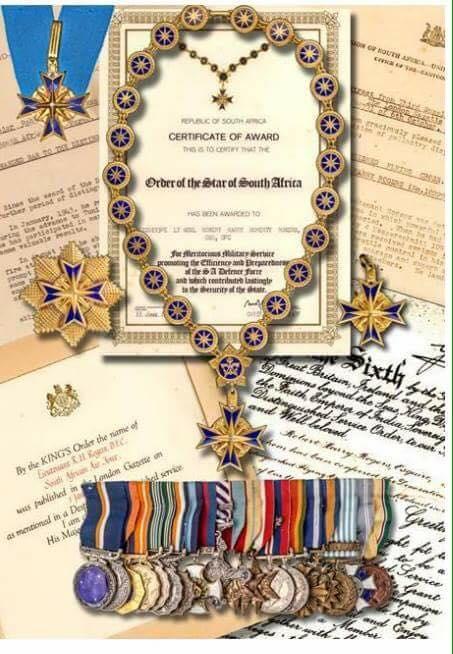
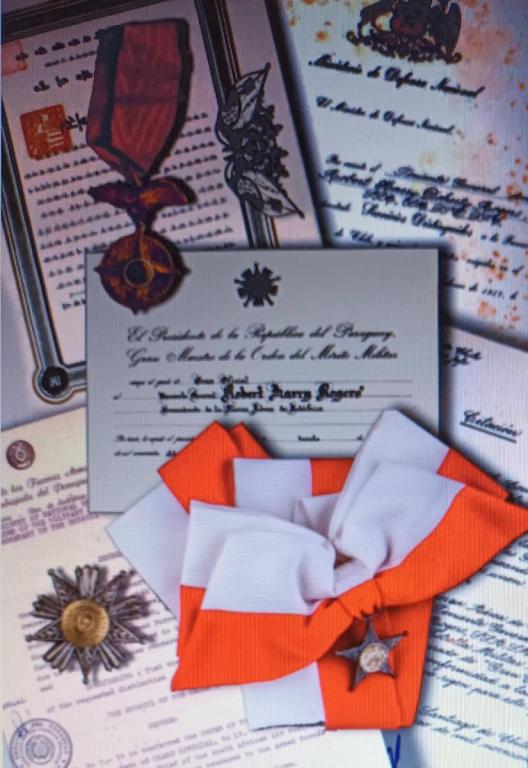
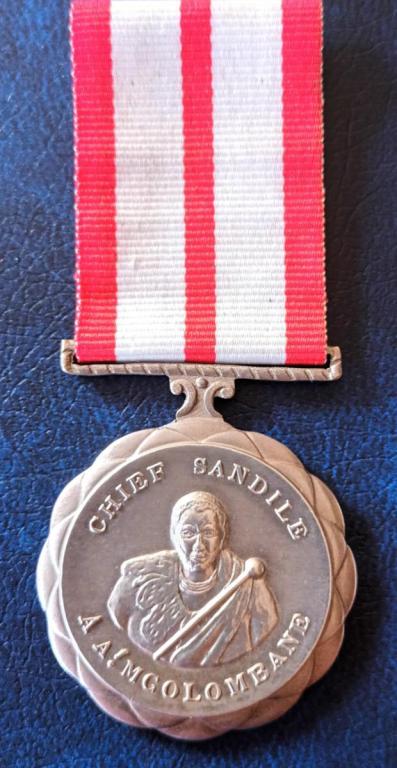
.thumb.jpg.43f48522e4c134834c0f389ccb747691.jpg)

.thumb.jpg.ebee94c274b42ba8c90fe30b3123bfcb.jpg)
